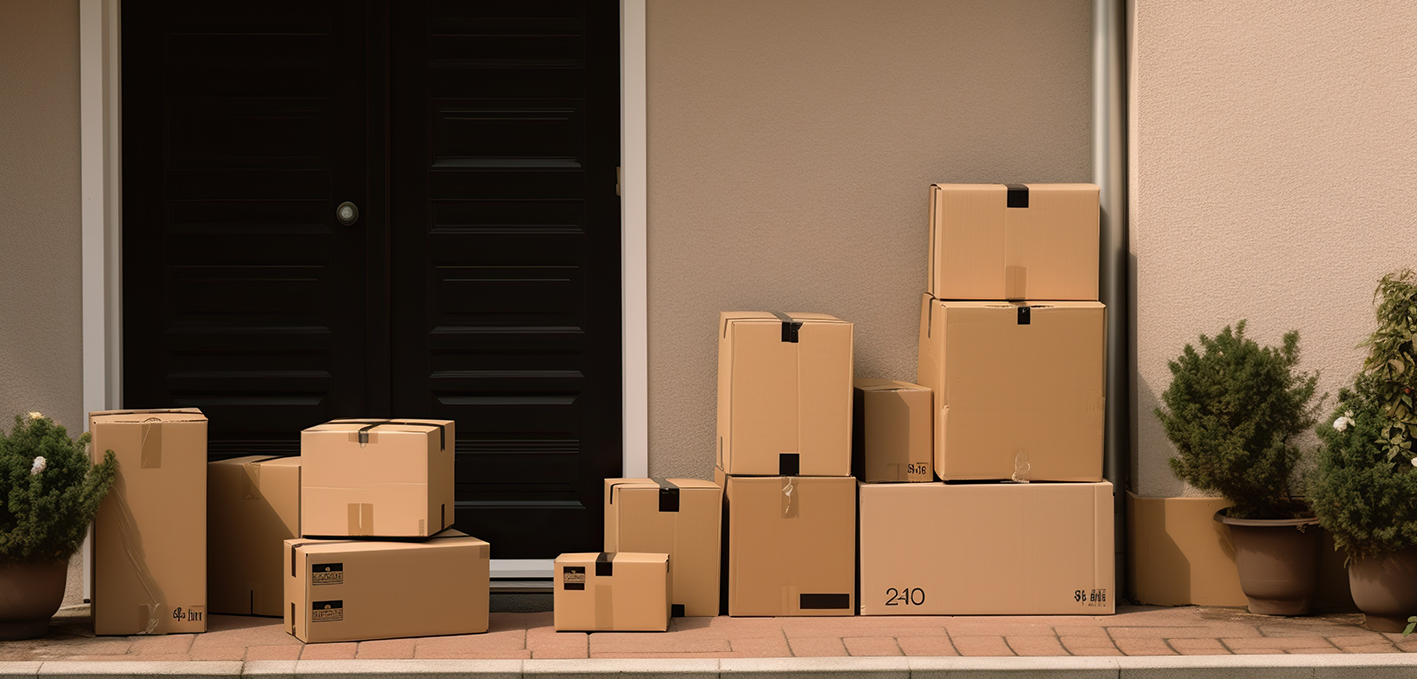Do you remember when the standard delivery time for online purchases was a week or more? Or the uncertainty that prevailed, when you entered your card information checkout?
The transformation has been substantial, when it comes to retail in the past decade. This is mainly due to changes in consumer behaviour along with developments in e-commerce. In 2019, sales figures for global e-commerce were $3.5 trillion. That's six times higher than in 2010. We have gathered some of the main causes of the surge in e-commerce here:
Larger product range
Today you can buy just about anything online, ranging from groceries to new mattresses
Shorter delivery time
Often the delivery time is down to just 2 days or less, when it could previously take 10 days to get your online purchase delivered
Increased confidence in online payment
Consumers have become more confident using credit cards and other payment methods when shopping at webshops they trust
Easier returns
Several webshops have improved the return process
Improved online purchase experience
In general, the online buying experience has improved with digital developments
What will the 20s bring?
An interesting move in 2019 was when Nike ended its relationship with Amazon to enhance the customer experience by creating more direct and personal relationships with customers (Bloomberg, November 13, 2019). A move that could indicate that the customer experience will play a major role for brands when gaining consumer loyalty.
"If a company currently has both e-commerce and physical stores, customers expect a coherence and that they can, for example, shop online and exchange offline. We still see how many companies do not manage to combine their on- and offline presences. However, the investment in integrating the two worlds is worthwhile, as it primarily creates better customer experiences. In addition, a smooth cross-channel buying experience can increase the possibilities for more impulse purchases," says Rasmus Bräuner Kjær Madsen, VP of Engagement at Kraftvaerk, and continues: "If the cohesion is not there, it is an element of frustration for customers and adds to poor customer experiences. That is why there is no doubt that the 20s is the decade when that coherence needs to be built."
Fortune.com also highlights this coherence in the customer experience as an essential element that will become general practice in the next decade for the brands that have both online and offline stores. And where physical stores can be used as an advantage to enhance the customer experience even further.
(Sources: Fortune, December 19, 2019 and Bloomberg, November 13, 2019)
